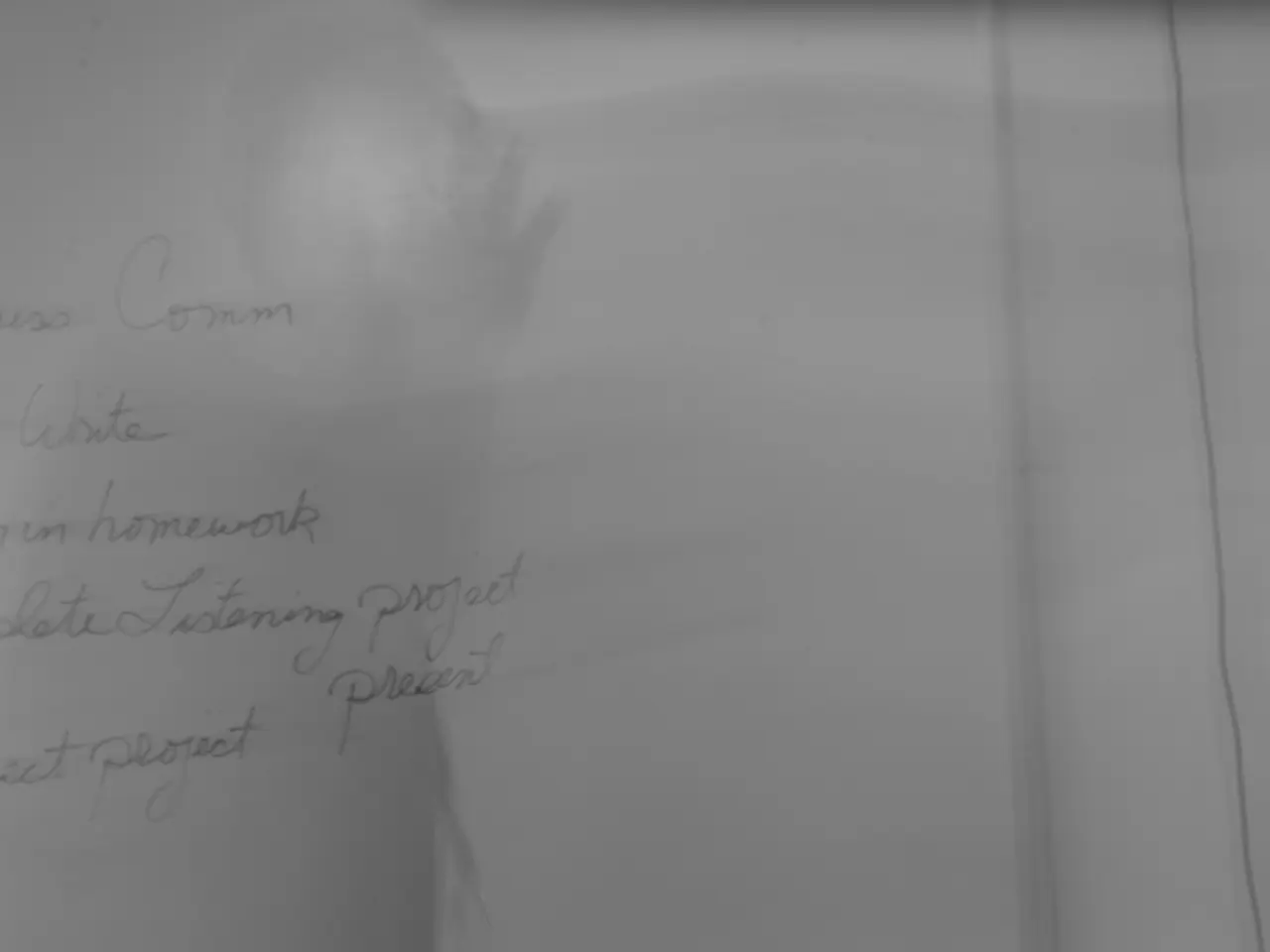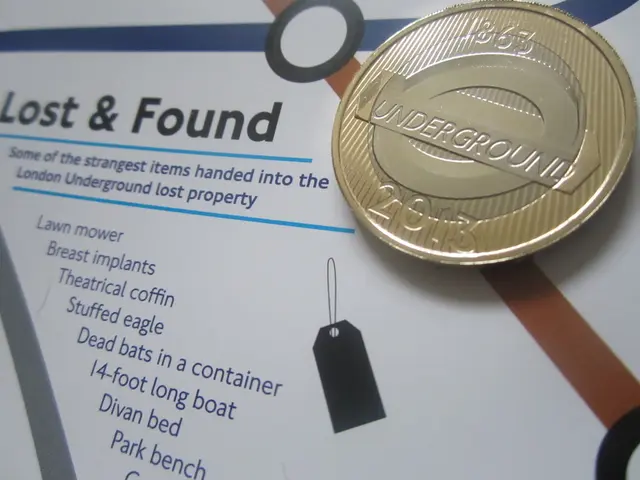Companies Face Tariff-Washing Risks in Current Trade Environment
In the current trade environment, companies face the risk of 'tariff-washing', a practice involving double invoicing and undeclared assists. To navigate this, organizations must prioritize transparency and effective communication about tariff impacts. This includes disclosing material effects once determined, and avoiding premature comments that could trigger negative market reactions.
Tariff-washing risks can be mitigated by embedding best practices on disclosure and prioritizing transparency. This involves strictly reviewing supply chains, verifying the true origin of goods, and ensuring transparent and fully documented customs declarations. Companies should work together, with insurers and compliance officers communicating effectively to address these risks.
The board of directors and supply chain management play crucial roles in this process. They should consider when and how to publicly report on tariff impacts, mitigation strategies, and financial effects. Silence is rarely an option, but companies must also avoid saying too much or too little to prevent legal repercussions. As market understanding of tariff effects improves, future public comments and disclosures will be scrutinized.
Tariff-washing, an age-old practice, poses risks in both operational compliance and corporate disclosures. To minimize these risks, companies must prioritize transparency, effective communication, and strict supply chain management. By doing so, they can avoid tariff-washing pitfalls and ensure compliance with evolving trade regulations.
Read also:
- Germany Launches HoLa Project for Megawatt Charging on A2 Motorway
- Wallenius Wilhelmsen Leads Maritime Industry's Push to Net Zero Emissions by 2027
- Transforming Digital Inventories in the Food Industry: A Comprehensive Guide for Food Businesses
- Canada's Transportation Revolution: Hyperloop & Electric Air Taxis by 2026






